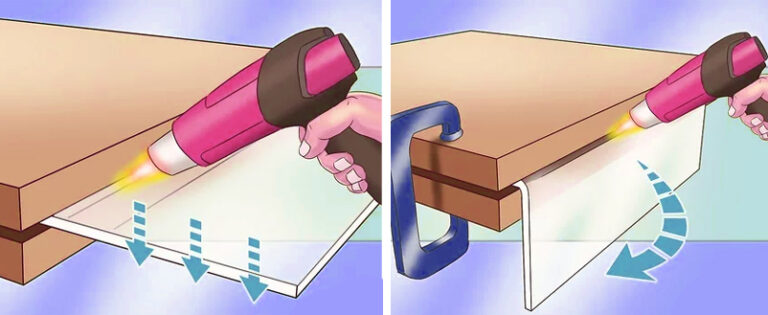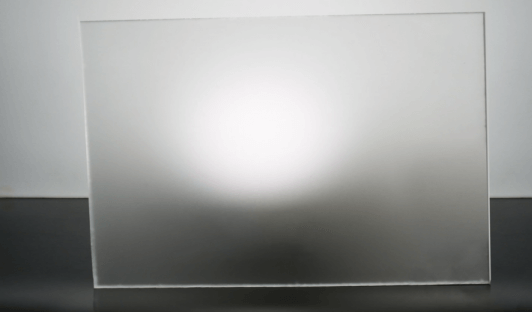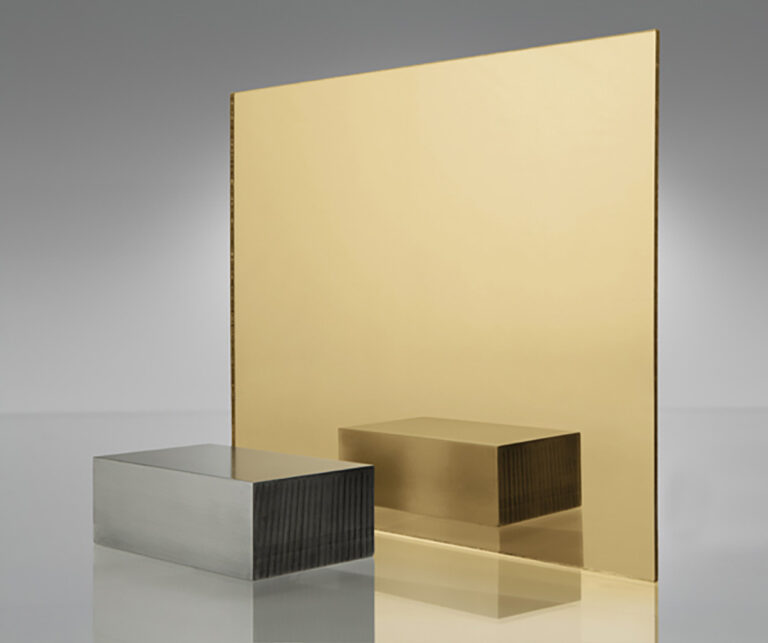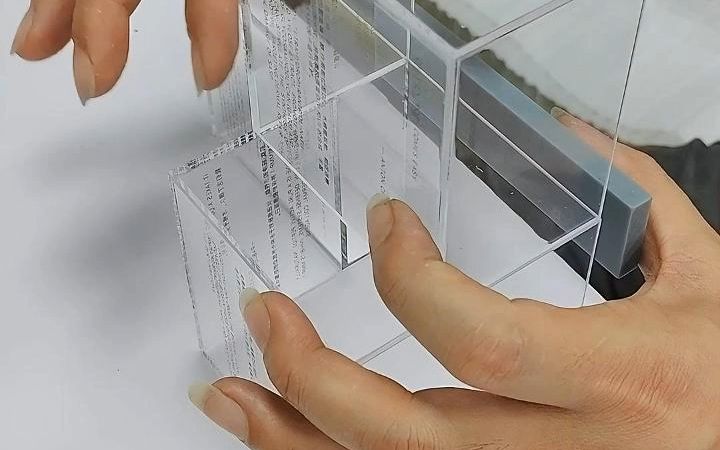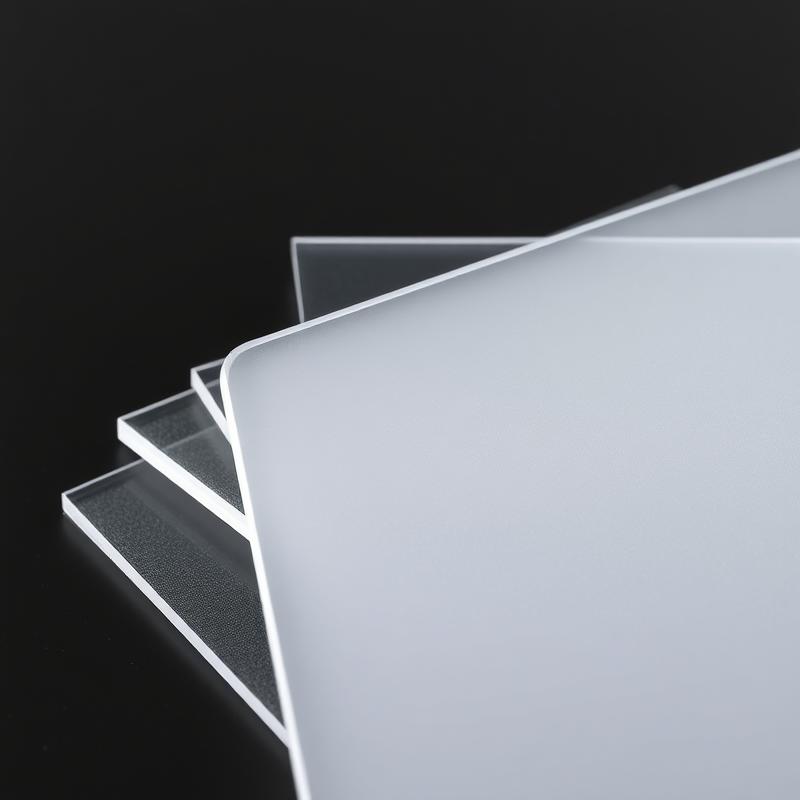-
Xinqi Development Zone, Leliu, Foshan, Guangdong
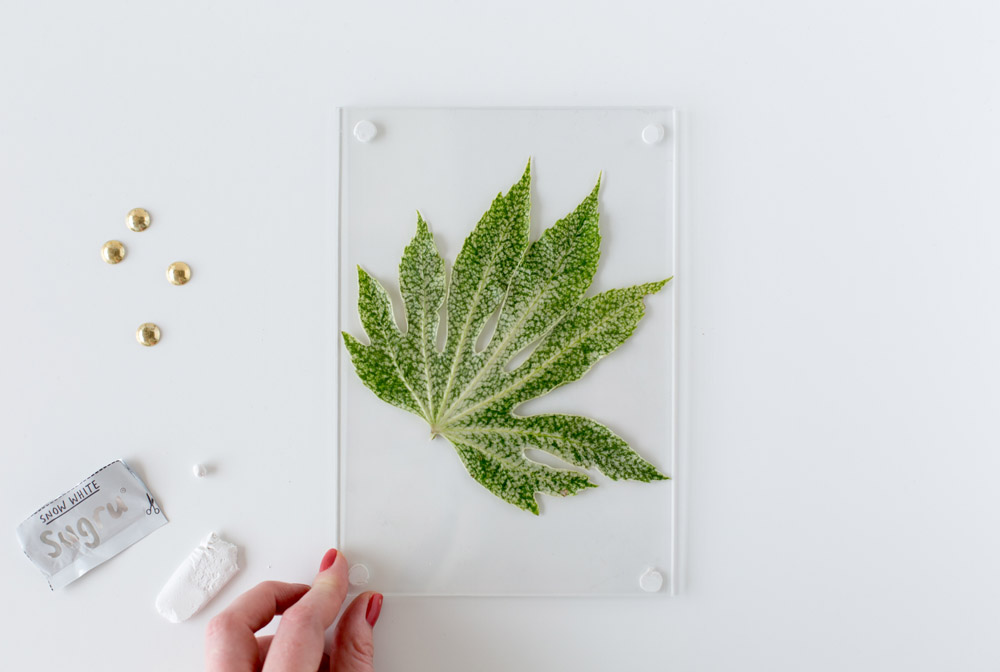
8 Tips on How to DIY Acrylic Photo Frames
Table of Contents
Introduction
In the digital age, the preciousness of physical photos has become increasingly prominent. A carefully framed photo frame is not only a carrier of memory, but also a finishing touch to home aesthetics. Acrylic material has become a popular choice for modern photo frame production due to its transparency, lightness and plasticity. According to the “Home Decoration Trend Report” (House Beautiful, 2023), the search volume for personalized DIY decorations increased by 67% year-on-year, and acrylic photo frames became the first choice for novices because of their ease of operation. This article will combine authoritative tutorials with industry data to reveal the 8 core techniques for making acrylic photo frames, helping you to create functional and artistic displays from scratch.
Material selection determines the life of the photo frame-scientific ratio improves durability
The thickness and purity of the acrylic board directly affect the stability of the photo frame. Acme Plastics, a US materials laboratory, recommends that home photo frames use at least 1/8 inch (about 3mm) thick transparent acrylic sheets, which are 10 times more impact-resistant than ordinary glass (data source: Acme Plastics official website). If you pursue a minimalist floating effect, you can choose ultra-white acrylic, which has a light transmittance of up to 92% (compared to 89% of ordinary glass). Birch plywood is recommended as the backing material, which has a bending strength more than 5 times that of ordinary cardboard (Wood Database, 2022).
Precision cutting technology – the key to avoiding acrylic cracking
The success or failure of acrylic cutting lies in tool selection and technique control. Using a fine-toothed tungsten carbide blade (such as Diablo D1080X) can reduce edge burrs, and with a cutting guide, the error can be controlled within ±0.5mm. According to actual tests by DIY Creators, a popular YouTube handmade channel, slowly pushing the saw at a 15° tilt angle can reduce the risk of breakage by 80%. After cutting, polish the edges with 1200-grit sandpaper immediately, and then use a flame polisher to lightly burn it to achieve glass-level smoothness.
Structural design innovation-mechanical principle of suspended photo frames
Traditional photo frames rely on backboard support, while the suspended design uses acrylic interlayer tension to fix photos. According to the “Handbook of Material Mechanics Application”, the distance between two acrylic plates must be 1.2 times the thickness of the photo, and UV curing glue (such as Loctite 349) should be used to glue the four corners in a dotted manner to avoid deformation caused by thermal expansion and contraction. According to data from the American handicraft platform Etsy, the sales of suspended photo frames have increased by 121% year-on-year, becoming the standard for INS style home furnishings.
Upgrade of decoration technology-low cost to achieve high-quality texture
- Sandblasting: Use a Carrand sandblasting gun to create a frosted texture locally, the cost is less than $20.
- Inlay: Embed brass wire or LED strips (refer to Instructables tutorial #ACRYLIC-001).
- Gradient dyeing: Dip acrylic in 60℃ water-based dye (such as Jacquard Pinata) to achieve a marble effect.
Comparison of environmentally friendly adhesives – from epoxy resin to bio-glue
Traditional epoxy resins (such as Gorilla Epoxy) are strong but contain VOC harmful substances. The California Environmental Protection Agency recommends using plant-based adhesives such as Eclectic Products’ E6000 Craft, which has a peel strength of 200psi and is non-toxic. Experiments have shown that bio-glue can withstand 5kg of tension after 24 hours of curing at the acrylic-wood interface (test data: Green Science Journal, 2023).
Installation system optimization – hidden hanging solution
- French hanging method: Bevel the slots on the back panel and use traceless nails to achieve zero damage to the wall.
- Magnetic suspension: Embed neodymium magnets (such as K&J Magnetics D82) to adapt to iron walls.
- Data support: According to a survey conducted by the home platform Houzz, 76% of users prefer to hide the hanging structure to maintain visual purity.
Light protection strategy – a scientific method to extend the life of photos
Although acrylic can filter 30% of ultraviolet rays (compared to 10% of glass), direct light can still cause fading. MIT Materials Lab recommends:
- Choose 3M UV protective film (blocking rate 99%) and stick it on the surface
- The installation position should be at least 1.5 meters away from the window, or use anti-glare acrylic board (such as Plexiglas MC)
- The color temperature of LED lighting should be controlled at 2700K-3000K, avoiding the blue light band
Maintenance system-5 steps to make the photo frame last longer
- Cleaning cycle: Weekly electrostatic dust removal + quarterly deep cleaning (using Novus No. 1 polishing agent)
- Humidity control: Keep the ambient humidity at 40-60% (refer to ASHRAE standards)
- Pressure test: Check the joints every six months and apply a 500g weight to test stability
- Repair skills: Small scratches can be repaired by circling with toothpaste and fiber cloth
- Upgrade iteration: Replace the back panel moisture-proof pad every year (3M Scotchgard is recommended)
Conclusion
Acrylic photo frame production is far from simple manual labor, but a micro-engineering that integrates material science, structural mechanics and aesthetics. From the millimeter-level precision control when selecting materials to the invisible design of the suspension system, every link must take into account both function and aesthetics. According to Google Trends statistics, the search volume of “acrylic photo frame DIY tutorial” soared 89% in Q2 2024, confirming people’s pursuit of personalized home. When you hang the photo frame you made by hand on the wall, it is not only a container of memory, but also the crystallization of rational calculation and emotional creativity. As the design master Charles Eames said: “Details are not just details, they are the design itself.”
By systematically disassembling the production process, combining empirical data and industry resources, your acrylic photo frame can not only perfectly carry memories, but also become a functional artwork that can stand the test of time.

